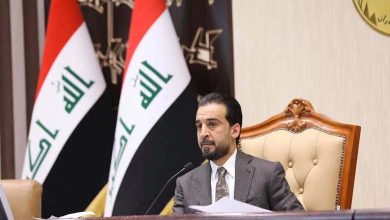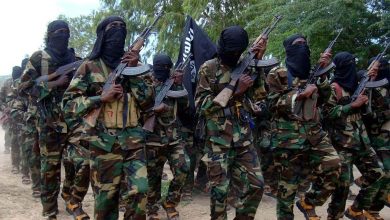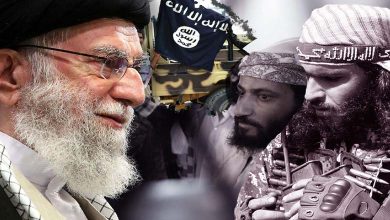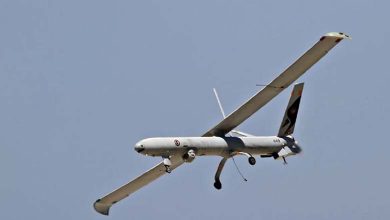Washington Tests Military Capabilities Amid Escalation Between Israel and Iran
A U.S. official says that sending more American troops to the Middle East and bolstering long-term intelligence assets may be challenging

Many observers of the situation in the Middle East believe that the success of the U.S. military in aiding Israel in countering a massive wave of Iranian missiles and drones last week indicates that Washington is militarily prepared for whatever may follow, as Iran and Israel shift from shadow warfare to direct confrontation.
However, current and former American officials argue that U.S. forces are not positioned to sustain a major conflict in the Middle East, and that the Pentagon may need to reassess assumptions about military needs in the region if the crisis worsens.
Michael Mulroy, former Deputy Assistant Secretary of Defense for the Middle East Affairs in the Trump administration, said, “I don’t think we have all the forces we would want to support Israel if a direct war broke out between them and Iran.”
While Tehran has indicated that it does not intend to respond to what appears to be an Israeli strike last Friday, mutual attacks have raised fears of an unpredictable regional war that the United States seeks to prevent.
In the months following the Hamas attack on Israel, sparking the Gaza war that ignited unrest across the Middle East, the United States swiftly deployed thousands of its troops to a region that had seen a steady decline in American presence for years.
However, much of these new American forces are aboard warships and aircraft moving within and outside the region, and are only temporarily deployed. This American strategy of increased force deployment is likely to be tested now that Iran and Israel have broken the ban on open military strikes against each other.
Joseph Votel, a retired U.S. Army general who led U.S. forces in the Middle East, said, “I think what it means for the U.S. military is that we need to rethink this idea of necessary and sustainable (military) capabilities that we need to maintain in the region.”
Votel and other former officials argue that the success of the U.S. military in shooting down Iranian drones and missiles last Saturday was likely supported by detailed American intelligence that allowed the Pentagon to anticipate the timing and targets of the Iranian attack, adding, “I think the bigger concern is our ability to respond over a long period.”
American officials say Iran does not appear to want a full-scale war with Israel, downplaying the significance of Friday’s Israeli strike. However, experts warn of the unpredictability of the situation, especially with the ongoing conflict between Israel and Hamas.
U.S. Army General Michael “Eric” Kurilla, current head of U.S. Central Command, told House members last month that he had requested more troops than what the Pentagon had sent to his region, which the Biden administration said was less urgent compared to the challenge posed by China, for example.
In written testimony before the House Armed Services Committee, Kurilla said that the critical shortage of U.S. intelligence assets and the targeting of experts and linguists “contributes to creating gaps and deficiencies in our ability to detect and thwart plots and increases the freedom of movement” of violent extremist organizations.
While Kurilla’s comments appeared to focus more on Afghanistan, some intelligence deficits have already affected U.S. strategy since the beginning of the Gaza war.
For example, officials say the lack of details about Houthi weapons stocks before the group, allied with Iran, began attacking merchant ships in the Red Sea, made it difficult to determine the impact of continued strikes for months on the group’s missile and drone arsenal.
However, officials say that sending more American troops to the Middle East and bolstering long-term intelligence assets may be challenging.
A U.S. official, speaking on condition of anonymity, said Asia should be the focus.
Another official said it was still unclear whether the U.S. military was prepared to withdraw its forces from Asia or Europe, despite increasing tensions.
Before October, the last time the United States had sent thousands of troops to the Middle East was under former President Donald Trump, during a series of escalation measures that culminated in the U.S. killing of a top Iranian military commander and Tehran’s retaliatory missile strikes against a U.S. military base in Iraq.
The senior U.S. official indicated that the troop increase in 2019 and 2020 was possible because, unlike the current situation, Washington was not required to allocate this large number of personnel and resources to Europe – a new reality after Russia’s invasion of Ukraine in 2022.
Mulroy said the United States should bolster its position in the Middle East without abandoning its primary focus on China, adding, “We need to deploy forces based on current threats. It is clear that the current trend… is the possibility of a broader conflict among countries in the Middle East.”












